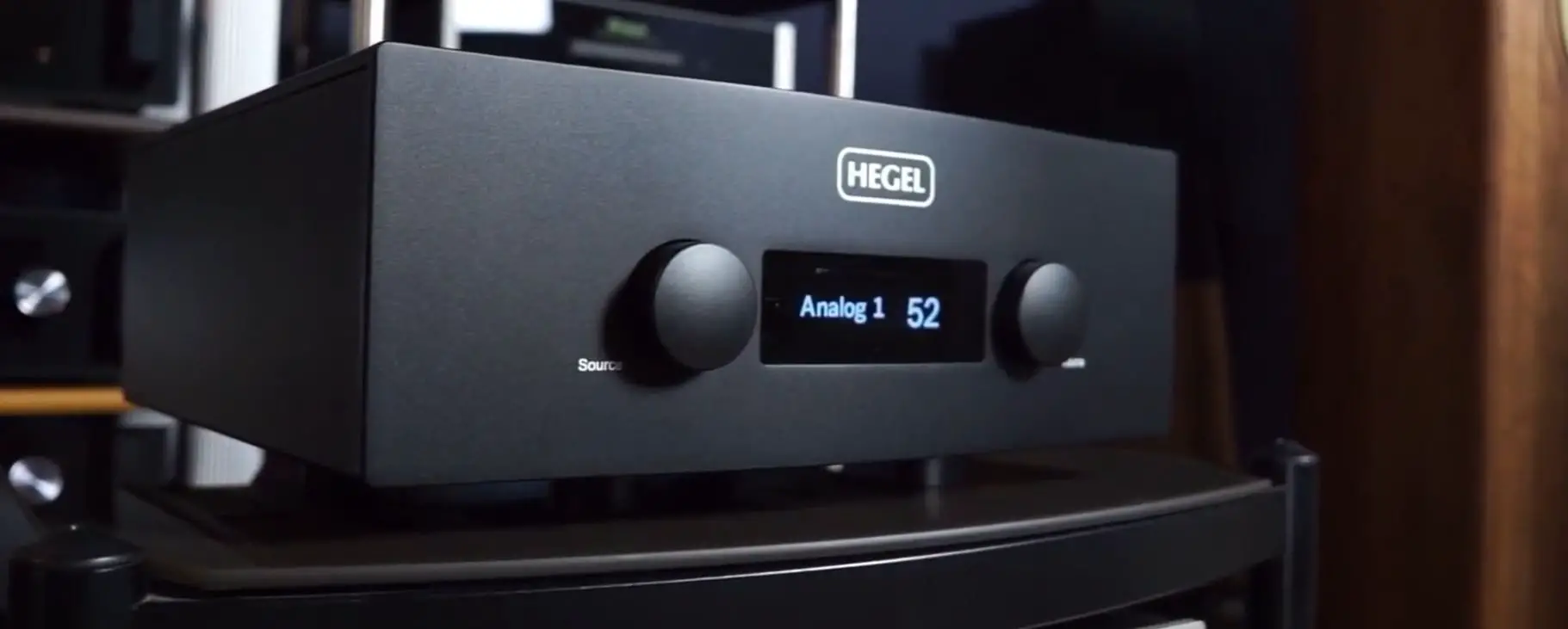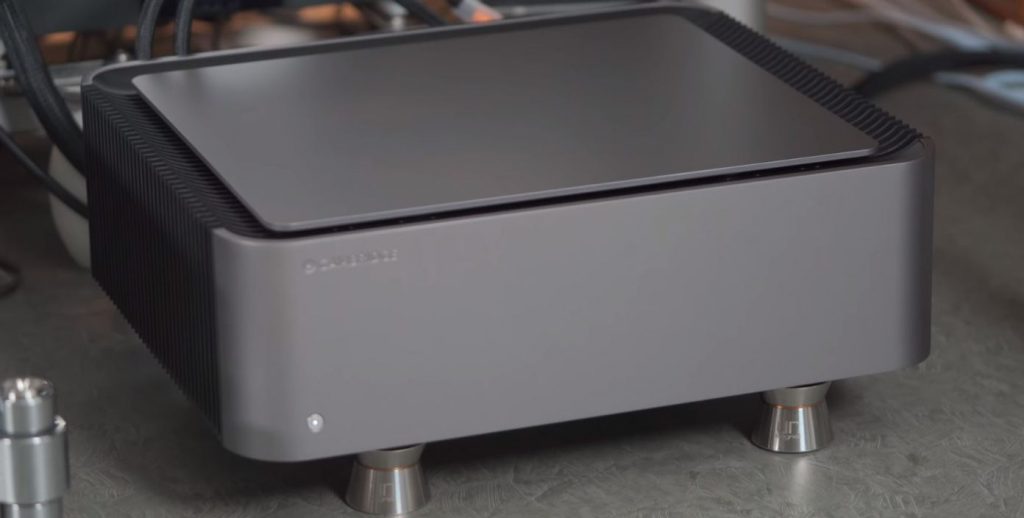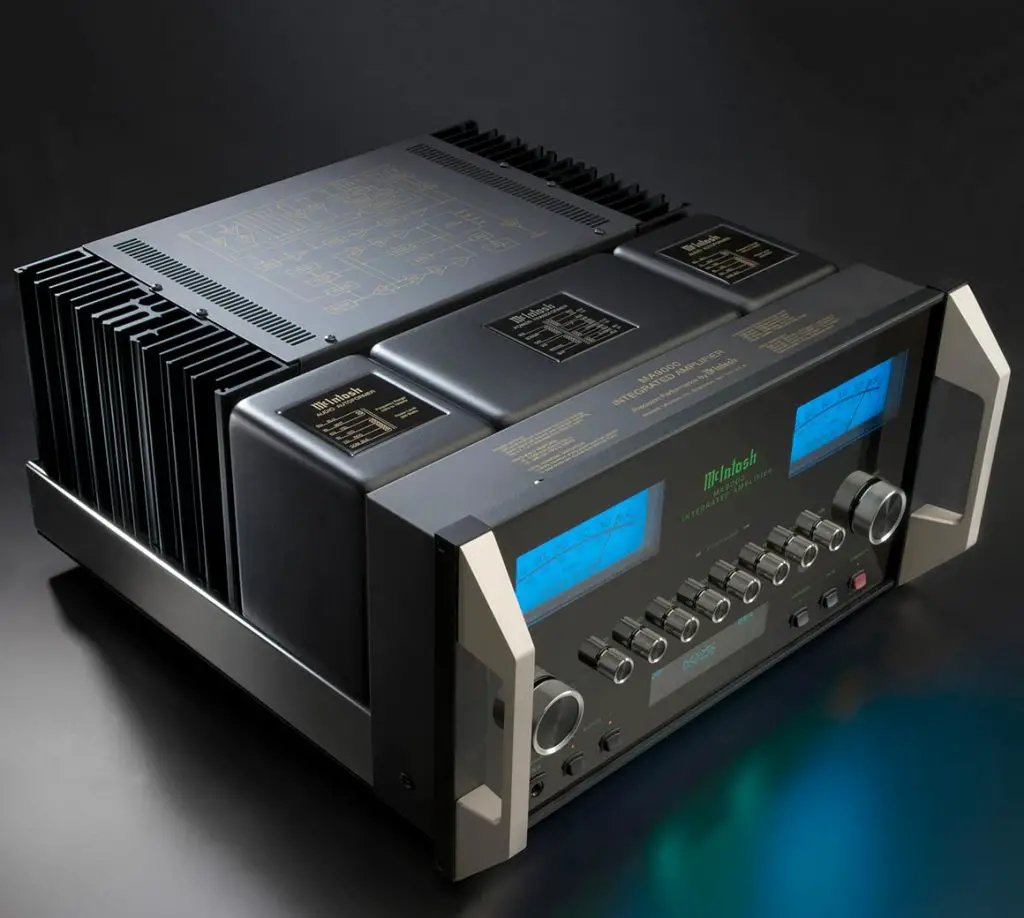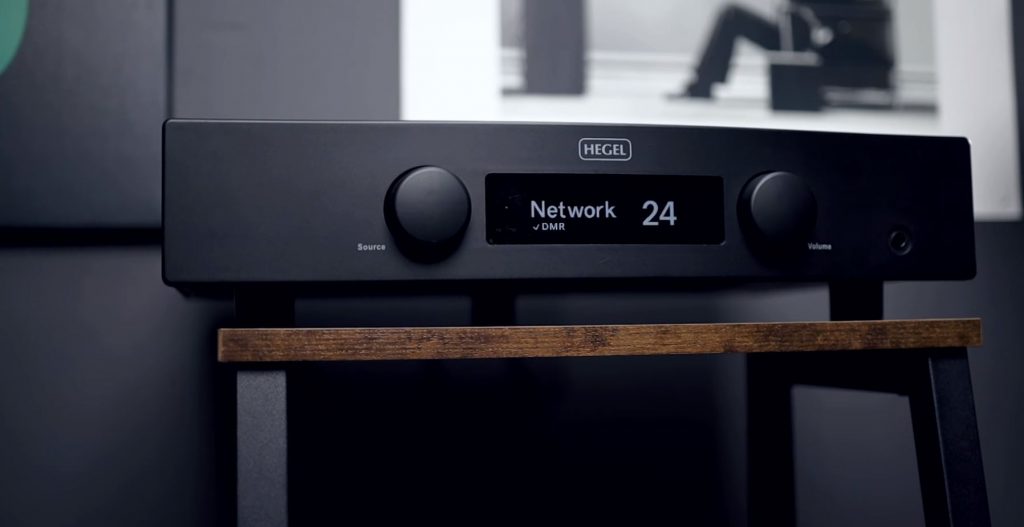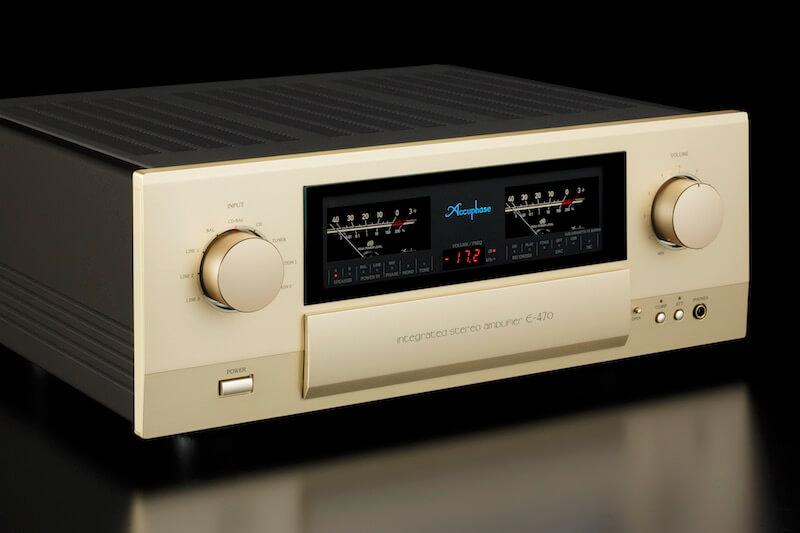Complete Guide on Amplifier Classes
Crowning the best amplifier is a difficult task. There are so many types of amplifiers that it seems like an impossible feat to find “the one” that will give you precisely what you need. This article aims to break down the most popular types of amps and their differences in order to help make your decision easier.
What type of amp do I need? What does this button do? How do I hook up my speakers? Are these speakers compatible with my receiver? These are questions we’ve all asked ourselves before setting up our new audio equipment for the first time.
It’s no wonder they’re often met with blank stares or shrugs when asking retailers who specialize in home theater systems; after all, it can be daunting if you’re not familiar with the basics of audio equipment. Therefore, I’ll be focusing on the main types of amplifiers in this post.
How are the Amplifiers Classified?
Power amplifiers are classified as Class A, B, AB, and C for linear designs—and class D and E for switching designs.
Class A Amplifier
Class A amplifiers have very high ‘efficiency’, defined as power out/power in or (Pout-Pin) expressed in percent of 50% or more. But they are wasteful several times. Their actual electrical energy requirement is dissipated even while their output is zero.
Class B Amplifier
Class B amplifiers have low’ efficiency’, defined as power out/power in or (Pout-Pin) expressed in percent, of 50%. It reaches a peak at 100% of modulation. Unfortunately, that also means that electrical energy dissipated while zero’s actual signal output rises to its maximum value at 100% of input signal amplitude.
Class AB Amplifier
To overcome the limitations of class A and class B amplifiers, an amplifier that falls between these two classes was defined by drawing a line between them.
Class AB Amplifier is an electronic circuit that can drive a loudspeaker. Class-AB amplifiers are more efficient than Class B designs since they deliver power to the load over a much more comprehensive range of signal input voltages.
The term “Class AB” is a retronym, as historically, many class B designs have been converted into class AB amplifiers by adding negative feedback. In the early days of radio, this was not done because it was too expensive and unnecessary. Therefore, it becomes essential to improve these designs later to bring their efficiency to acceptable levels.
Class C Amplifier
Class C amplifiers have very low ‘efficiency’, defined as power out/power in or (Pout-Pin) expressed in percent of 30% or less. Therefore, they are used only for RF applications at frequencies above 500 MHz to 1 GHz, where comparatively, their output is minimal compared to their input requirements.
Class D Amplifier
This type of amplifier uses the PWM technique, which generates a large amount of harmonics along with the fundamental frequency making it possible to use considerably smaller inductors and capacitors because, at higher frequencies, they become slight in size and cheap too.
Other advantages over analog designs are that they give rise to much better efficiency (90-95%) and a better Signal-to-Noise Ratio (SNR) of 100 dB, which is more than enough for any audio application.
Class E Amplifier
Class E amplifiers are a particular class of switching power supplies that operate in the same manner as class D. Still, their output stages use different techniques to achieve efficiency over 90%.
That also enables them to provide >60 V at >1 A—which is very useful in-car audio applications. They can be used with either conventional transformer-based power supply or with switched-mode power supplies (SMPS).
What are the Pros and Cons of each type of amplifier?
The two most important factors when choosing an amplifier design are its ‘efficiency’ and its ‘cost’. The efficiency of an amplifier is the percentage of electrical power that it delivers to its load (Speaker) compared to the power it requires from a power supply (wall outlet). Amplifier efficiency is usually expressed in percent (%).
Pros and Cons of Class A Amp
It has a very high ‘efficiency’ like mentioned before at 50% or more. Still, it wastes energy even when there is no output because it dissipates much more power than required for its actual signal output. In addition, class A amplifiers are expensive in terms of cost and size due to the large heatsinks necessary for their dissipation.
Pros and Cons of Class B Amp
Class B’s have low ‘efficiency’ like mentioned before at 50%, and it reaches a peak at 100%. This makes them cheap and small compared to class A amplifiers, but they suffer from heat problems on both sides (even when there is no output).
Pros and Cons of Class AB Amp
Class AB’s have moderate ‘efficiency’ at 75%, which is better than class B but not as good as class A. They are neither too small nor too large, but have some of the disadvantages of each type, making them expensive in terms of cost.
Pros and Cons of Class C Amp
Class C’s have very low ‘efficiency’ like mentioned before at 30% or less. That means they will only work efficiently when converting AC to AC with absolutely no drop in voltage—which isn’t realistic. Therefore, they are used only for RF applications at frequencies above 500 MHz to 1 GHz, where their output is minimal compared to their input requirements.
Pros and Cons of Class D Amp
Class D’s have very high ‘efficiency’ like mentioned before at 90% or more which makes them inexpensive both in terms of cost and size, but they suffer from the heat problem on one side (the power supply) due to poor ‘lack of regulation’ or ‘ripple’ performance.
They do not require any heatsinks but dissipate energy and power supply components during the switching process, making them expensive in terms of cost because even though you save big on heatsinks. As a result, you will require more costly components to compensate for this, which will eventually make up for the savings you achieved using a class D design.
Pros and Cons of Class E Amp
Class E’s are very similar to class D amplifiers in terms of ‘efficiency’ like mentioned before at >90% but have some differences when compared.
It is evident from its name that it belongs to the switching category, which uses the PWM technique and generates lots of harmonics and the fundamental frequency, making it possible to use considerably small inductors and capacitors. Because, at higher frequencies, they become small in size and cheap too.
Other advantages over analog designs are that they give rise to much better efficiency (90-95%) and a better Signal-to-Noise Ratio (SNR) because of their noise-free operation. Class E amplifiers are primarily used in consumer devices requiring high power but not for space-limited applications.
Class T
A relatively new method of achieving high efficiency using a technology called ‘T transformers’ has been discovered by Tripath Technology named as ‘class T’ amplifiers. It uses an output stage that works either in linear or extremely low distortion PWM mode and includes a single-ended primary inductance L2 connected with a center tap primary winding on the transformer side.
That can achieve high efficiency (>90%) without generating any of the harmonics of the input signal. However, their main disadvantage is that they cannot be used for applications where the duty cycle of the input signal varies widely because it works in PWM mode—and the duty cycle can change depending on input signal conditions.
Class D vs. Class E
Comparing class D/E design with conventional amplifier designs indicates unique advantages and disadvantages, making them suitable for specific applications only. At the same time, class D is used more often than class E mainly because of its cost-effectiveness.
On the other hand, class E is also being used nowadays for superior sound quality reasons due to low noise performance at higher frequencies where components are smaller, leading to better cost savings.
If you look at many audio amplifiers today, you will notice that they usually feature either one (class D) or two (class D + E) amplifier circuits. Class D is mainly used for speakers, while class E is used for headsets which are very sensitive to noise performance because users listen to their music in noisy environments too—so an efficient design needs to be implemented.
Class A vs. Class C
Class A output stages are the most inefficient amplifiers in terms of power used to achieve a certain level of performance, and they have high distortion levels. On the other hand, class C is the least efficient design because their transistor is being switched off most of the time, causing them to dissipate low amounts of heat compared to other types.
Class B vs. Class D
Class B outputs are the second-best design in terms of total harmonic distortion. Still, they have much higher idle losses than class A because they contain two transistors that need to be biased correctly, resulting in more complex circuitry and wasted energy (heat).
If one transistor’s base-emitter voltage changes slightly, it also affects the other transistor’s base-emitter voltage due to both transistors operating at the same point in the circuit, which needs to be considered when designing class B stages.
Class D can operate both transistors at different points along the entire amplification cycle (pulse width modulation), which means that each transistor’s base-emitter voltage can change independently of each other without affecting its operation. So this design has an advantage over class B because it doesn’t suffer from wasted heat or emit heat into the surrounding area.
Class B vs. Class C
Class B and C amplifiers are similar because they have just one transistor that switches on and off, but class B uses a capacitor to deal with the ripple caused by the power supply—while class C does not.
As a result, class B has less distortion than class C but is more wasteful in terms of energy because it needs to dissipate heat from its losses plus deal with charging/discharging a capacitor which takes time.
Class A vs. Class B
Class A is the most inefficient design because it typically uses two transistors. Still, class B is similar to class D in some ways—and they’re both linear designs, meaning they don’t have any crossover distortion problems, unlike class AB (or B).
Conclusion
Amplifiers can be broadly classified into three categories: voltage amplifiers, current amplifiers, and power amplifiers. They have different amplification properties that are useful in some applications but not others. We hope this post will help you understand and decide on the best amplifier for your needs.
